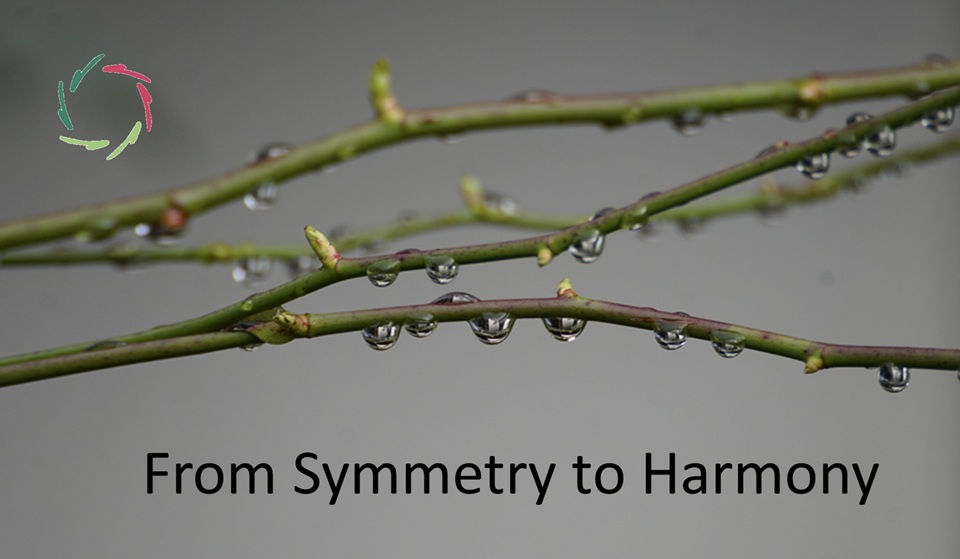Synchronicity

For instance, you think about contacting someone who just happens to contact you.
The concept of synchronicity has been developed by psychiatrist C.G. Jung in the early 1900s. Most scientists of today don’t believe in it. Let’s try to open this.
Definition
“Synchronicity is a phenomenon in which people interpret two separate – and seemingly unrelated – experiences as being meaningfully intertwined, even though there is no evidence that one led to the other or that the two events are linked in any other causal way.“ [Psychology Today]
Psychologists see this mainly as a confirmation bias ― people see coincidences as meaningfully related because they want to see them this way. In other words, the urge to see meaningful patterns may overshoot. Of course, confirmation bias is a well-understood phenomenon that plays a role in many fields. People may ‘suggest’ themselves into the conviction that there is no bias but reality, and that there are meaningful patterns where there are none. This is a natural phenomenon that may explain at least a number of cases.
So, does synchronicity not exist scientifically at all, or do we need to discard science? In my view, neither of both. Put without the double negations: Synchronicity exists in a number of cases and is a scientifically valid concept.
Two options in one picture
A and B are mental patterns that correspond with observations.

The two options:
a) A and B are related through synchronicity (y) → the grey area
b) A and B are related through C, synchronously (x) → the total area
Let’s make A a person and B a happening, as in the above example:
- In option a), A feels a y-synchronicity with B with no sense of direct causality.
- In option b), there is no contradiction between synchronicity and causality. Within the causally closed world, there may be direct causality from C to A and B. There may also be a letting oneself be open from A to C. While C causes B, A can simultaneously become aware of B in x-synchronicity through C. A is not clairvoyant, but clairsentient.
The feeling and the explanation
The feeling may be the same in a) and b).
The explanations are very different ― at first sight. At second sight, it depends:
- In option a), A may feel like having an extraordinary experience of synchronicity.
- In option b), A has an extraordinary experience indeed, namely one of openness to depth. One should genuinely value this.
The more A experiences this profoundly instead of only at the surface level, the more these two options may come together. Note that in the image, C is depicted as a larger pattern. This can be very large and deep.
The proof is always challenging.
A synchronicitor might say that conceptual proof is difficult, and that modern science doesn’t count in this since it lacks subtlety. Indeed, experimental proof is hard ― in both ways.
However, epidemiological proof is feasible. Probably, A.I. will clarify this in the future, capturing patterns A, B, and C from a time perspective.
What leads to C?
This is the same question as: “Where does depth end?”
Present-day science is limited in this. That doesn’t mean that anything goes. Confirmation bias may lead one astray in any direction. Precisely, therefore, one needs to fully take into account rationality and depth.


